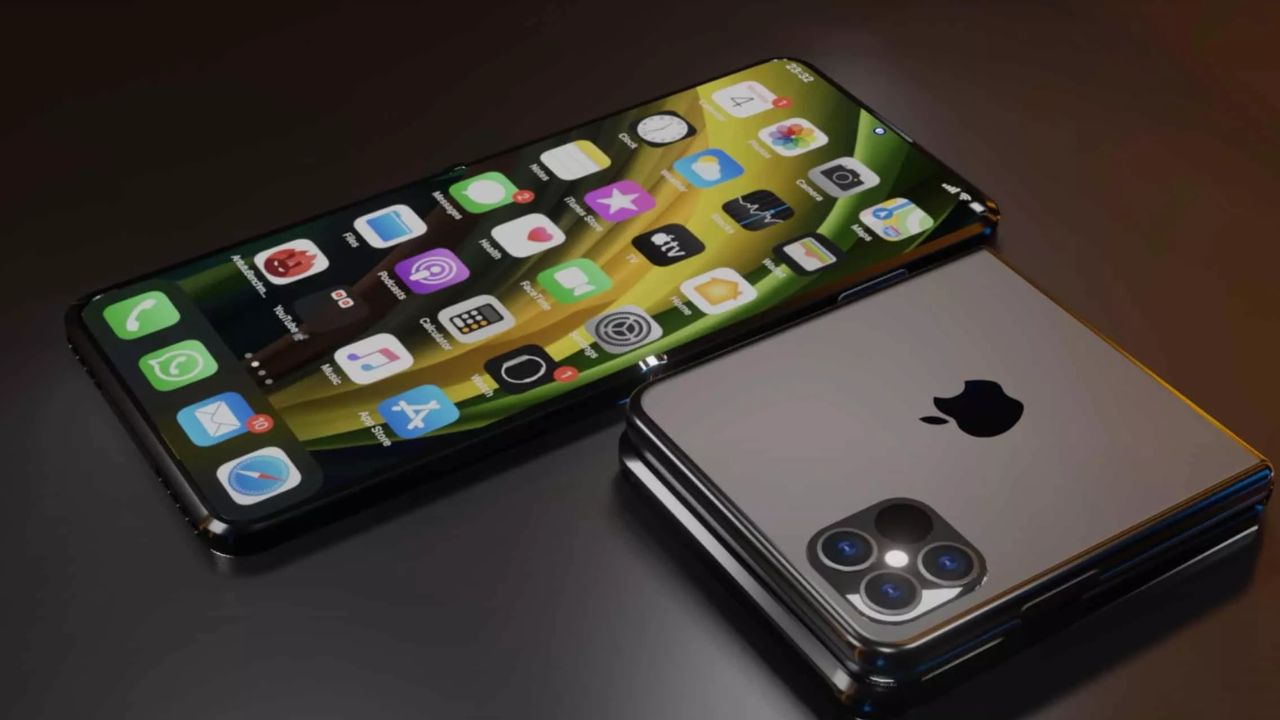If you thought choosing between iPhone models was already overwhelming, wait until 2027. Apple is reportedly preparing its most ambitious smartphone launch in company history, with six distinct iPhone models hitting the market. This isn’t just about having more options – it’s about Apple fundamentally changing how they approach iPhone releases.
What’s Actually Coming in 2027?
The rumored lineup reads like a smartphone enthusiast’s dream catalog. We’re looking at the iPhone 18, iPhone 18 Air, iPhone 18 Pro, iPhone 18 Pro Max, the long-awaited iPhone Fold, and a mysterious iPhone 18e. Each device appears designed to capture a different segment of smartphone users, from budget-conscious buyers to tech enthusiasts craving cutting-edge features.
This expansion represents Apple’s recognition that one-size-fits-all doesn’t work in today’s diverse mobile landscape. Whether you’re a professional photographer who needs Pro-level cameras, a casual user who wants something lightweight, or someone curious about foldable technology, Apple seems determined to have something specifically for you.
The Revolutionary Split Launch Strategy
Here’s where things get really interesting. Apple might abandon their traditional September launch window for a two-phase release strategy. The premium models – iPhone 18 Pro, iPhone 18 Pro Max, and the iPhone Fold – would arrive first, followed by the more accessible iPhone 18, iPhone 18 Air, and iPhone 18e in spring.
This approach makes perfect sense from multiple angles. Premium buyers often want the latest technology immediately and are willing to pay for early access. Meanwhile, those seeking value can wait a few months for more affordable options. It’s similar to how car manufacturers release high-end trims first, then gradually introduce lower-priced variants.
The split launch could also help Apple manage supply chain complexities. Producing six different models simultaneously would strain manufacturing resources, but spreading releases across several months allows for better inventory management and quality control.
iPhone Fold: The Game-Changer We’ve Been Waiting For
Perhaps the most exciting addition is Apple’s first foldable device. The iPhone Fold reportedly features a 5.5-inch external display for quick tasks and a 7.8-inch internal screen that transforms into a tablet-like experience. Early specifications suggest dual 48MP cameras and a battery larger than Samsung’s competing Galaxy Z Fold 7.
This device represents Apple’s entry into the foldable market, which Samsung and other manufacturers have been developing for years. Apple’s approach typically involves waiting for technology to mature before implementing their own refined version. If these rumors prove accurate, the iPhone Fold could set new standards for foldable reliability and user experience.
The timing makes sense too. Foldable technology has evolved significantly, and Apple has likely been working behind the scenes to solve durability and functionality challenges that plagued early foldable devices.
Understanding the Model Variations
The iPhone 18 Air deserves special attention as it suggests Apple’s commitment to ultra-portable devices. Think of it as the spiritual successor to the MacBook Air philosophy – thin, light, and efficient without compromising essential features. This could appeal to users who find current iPhones too bulky or heavy.
The iPhone 18e remains mysterious, but the “e” designation might indicate an “entry” or “essential” model positioned below the standard iPhone 18. This could be Apple’s answer to growing demand for more affordable premium smartphones, potentially replacing older models in their lineup strategy.
Market Impact and Consumer Choices
With potentially eight total iPhone models available simultaneously (including holdover iPhone 17 variants), consumers will face unprecedented choice. This mirrors Apple’s computer lineup, where MacBook Air, MacBook Pro, iMac, Mac mini, and other models serve different user needs.
The challenge for consumers will be identifying which model best fits their lifestyle and budget. Apple will need clear positioning and marketing to help buyers navigate these options without decision paralysis.
For the smartphone industry, Apple’s expanded lineup could pressure competitors to diversify their offerings. Samsung, Google, and others might need to reconsider their own product strategies to maintain market position.
What This Means for Current iPhone Users
If you’re currently using an older iPhone, 2027 could be the perfect upgrade year. The variety ensures there’s likely a model that addresses whatever limitations you experience with your current device. Battery life concerns? The Pro Max or Fold might offer solutions. Want something more portable? The Air could be ideal.
Current iPhone users might also benefit from improved trade-in values as Apple seeks to transition customers to their expanded ecosystem.
Looking Ahead: Preparing for Apple’s Biggest Launch
While these remain rumors, the source has a strong track record of accuracy. If true, Apple’s 2027 strategy represents their most significant iPhone evolution since the original model’s introduction.
The implications extend beyond just having more choices. This approach suggests Apple recognizes that smartphone users have diverse, specific needs that can’t be met with a limited lineup. Whether you prioritize camera quality, battery life, portability, cutting-edge features, or value, there should be an iPhone designed specifically for your priorities.
Start thinking about what features matter most to you in a smartphone. With six options potentially available, understanding your specific needs will be crucial for making the right choice when these devices arrive.
